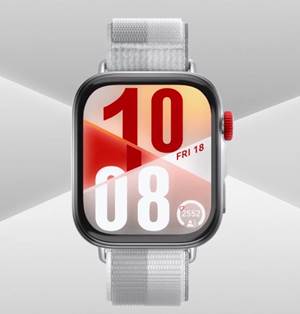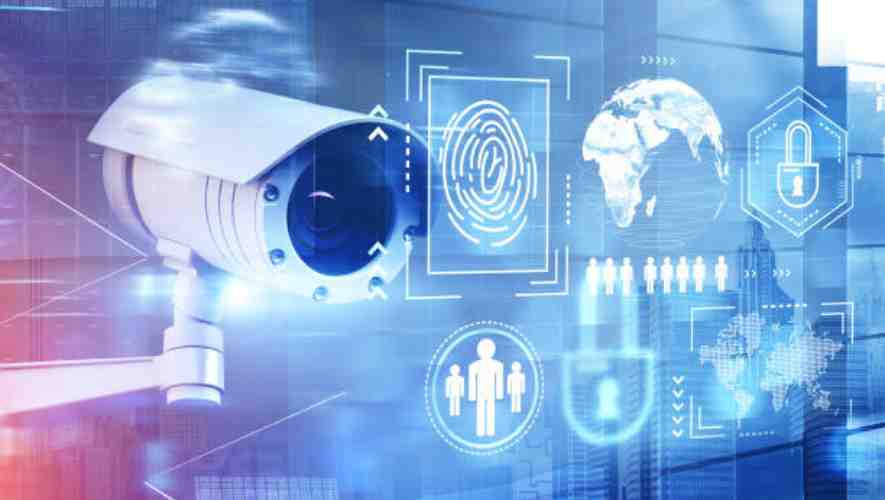Top Wearable Tech Trends Shaping 2025
Wearable technology
continues to revolutionize personal gadgets, enhancing how we interact with the
digital world. By 2025, new advancements will redefine expectations, focusing
on health, efficiency, and sustainability. Consumers are looking forward to technologies
that seamlessly integrate with daily life, offering personalized experiences
and improving well-being. Let’s explore how smartwatches and AI-powered
wearables are leading this charge, with a special focus on healthcare and
eco-friendly initiatives. These trends are crucial in shaping future tech
landscapes, offering a glimpse into the potential of wearable technology.

Smartwatches: The Core of Wearable Tech
Evolving Health and Fitness Features
Smartwatches are becoming
mini-health hubs on your wrist. By 2025, they will feature advanced sensors
capable of monitoring vital signs such as heart rate variability and blood
oxygen levels with clinical precision. Fitness enthusiasts will benefit from precise
data, helping to tailor workouts and
track performance. These improvements aim to empower users with real-time
health insight, making personal health tracking more intuitive and
comprehensive.
Smartwatch Design and User
Experience Innovations
Innovations in smartwatch design
and user experience are set to explode. Future models will boast sleeker, more
customizable designs that appeal to diverse tastes. Manufacturers plan to
introduce flexible displays and more intuitive interfaces, ensuring applications
are easy to navigate. Enhanced battery life and robust durability are also
central to designs, ensuring wearables remain functional throughout an active
day, thus considerably elevating user satisfaction.
Integration with IoT and Connected
Devices
Smartwatches are becoming essential
connectors in the IoT landscape. By 2025, they will seamlessly integrate with
smart home devices, providing centralized control over lighting, temperature,
and security systems. Users can anticipate a time when checking messages to adjusting
home settings is instantaneous. This integration not only optimizes convenience
but also drives smarter, interconnected living environments that are responsive
to user habits and preferences.
AI-Powered Wearables: The Future of
Personal Assistance
Personalized
Health Monitoring
AI-powered
wearables will enhance health monitoring by offering personalized insights.
These devices analyze long-term data trends, providing health recommendations
tailored to the individual’s needs. By anticipating health issues and
suggesting preventive measures, wearables will act as personal health
consultants. This will improve overall well-being, making
wearables essential in managing daily health and lifestyle, creating more
targeted and effective health solutions for users.
AI-Driven Predictive Analysis for
Fitness
AI will
transform fitness tracking with predictive analysis. Wearables will use
sophisticated algorithms to analyze data, forecasting performance trends and
suggesting adjustments for optimization. This approach will not only help users
meet fitness goals but will also make workouts more effective by customizing
them to their unique biology. By predicting how the body will respond,
wearables will guide users toward better fitness outcomes, enhancing exercise
efficiency.
Voice and Gesture Control Enhancements
The next
generation of wearables will integrate advanced voice and gesture recognition.
By 2025, wearables will intuitively respond to voice commands and gestures,
enabling hands-free operation. This will make navigation faster and more
accessible, allowing multitasking without physical interaction. These
advancements will create a more user-friendly experience, improving
accessibility and making wearables more practical for users seeking efficiency
and ease of use.
Smartwatches in Healthcare: A Game
Changer
Remote Monitoring and Telehealth
Integration
Smartwatches
will be key in remote healthcare monitoring, providing real-time data for
healthcare providers. This will enhance diagnosis and enable virtual consultations,
reducing the need for in-person visits. Continuous monitoring empowers patients
and professionals alike, offering more personalized care and improving overall
health management, making healthcare more accessible and efficient for users.

Wearables for Chronic Disease
Management
Wearables
will revolutionize chronic disease management by tracking symptoms and alerting
users to changes. Real-time monitoring helps in early intervention, enhancing
disease management. Tailored treatment plans will be more effective, ensuring
better adherence to therapies. This continuous health monitoring fosters
engagement and improves patient outcomes, helping individuals manage chronic
conditions more effectively.
Emergency Alerts and Lifesaving
Features
Wearables
will incorporate life-saving features like fall detection and heartbeat
irregularity alerts. These devices will notify emergency services or contacts,
providing instant assistance in critical moments. Such functionalities offer
peace of mind, particularly for the elderly or those with health risks,
ensuring quick response times and safety for users and their families.
Sustainability in Wearable Tech:
Eco-Friendly Innovations
Sustainability
is becoming a key focus in wearable tech. Manufacturers are increasingly using
recycled materials and integrating solar charging technologies, reducing
environmental impact. These devices also feature energy-efficient designs,
extending battery life and minimizing electronic waste. As demand for
eco-friendly products rises, wearable tech will adapt, promoting a greener
future with responsible, sustainable innovations.
Conclusion
Wearable technology is poised for remarkable transformations by 2025, leading to changes in how we interact with technology. Smart Watch and AI-powered wearables are at the forefront, enhancing health, fitness, and everyday life with eco-friendly solutions. As these trends evolve, they promise to deliver more personalized, efficient, and sustainable experiences. Smartwatches will continue to be pivotal in integrating technology into daily life, improving health outcomes, and promoting conscious living. Users should prepare to engage with new, innovative ways of living and thriving in a digitally interconnected world.


